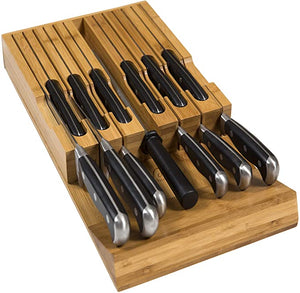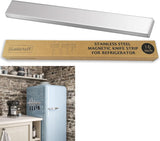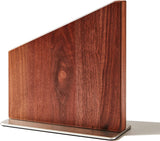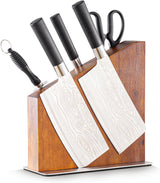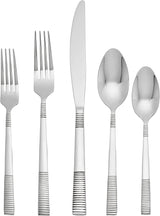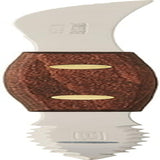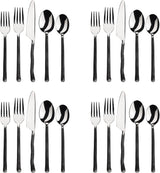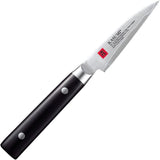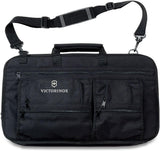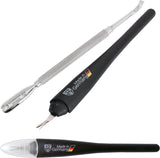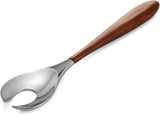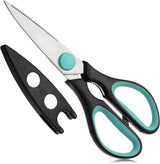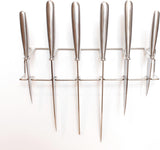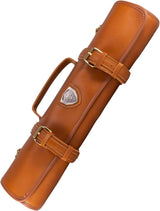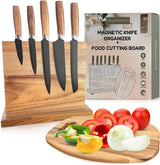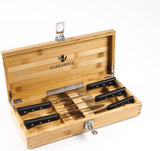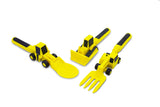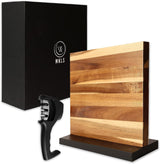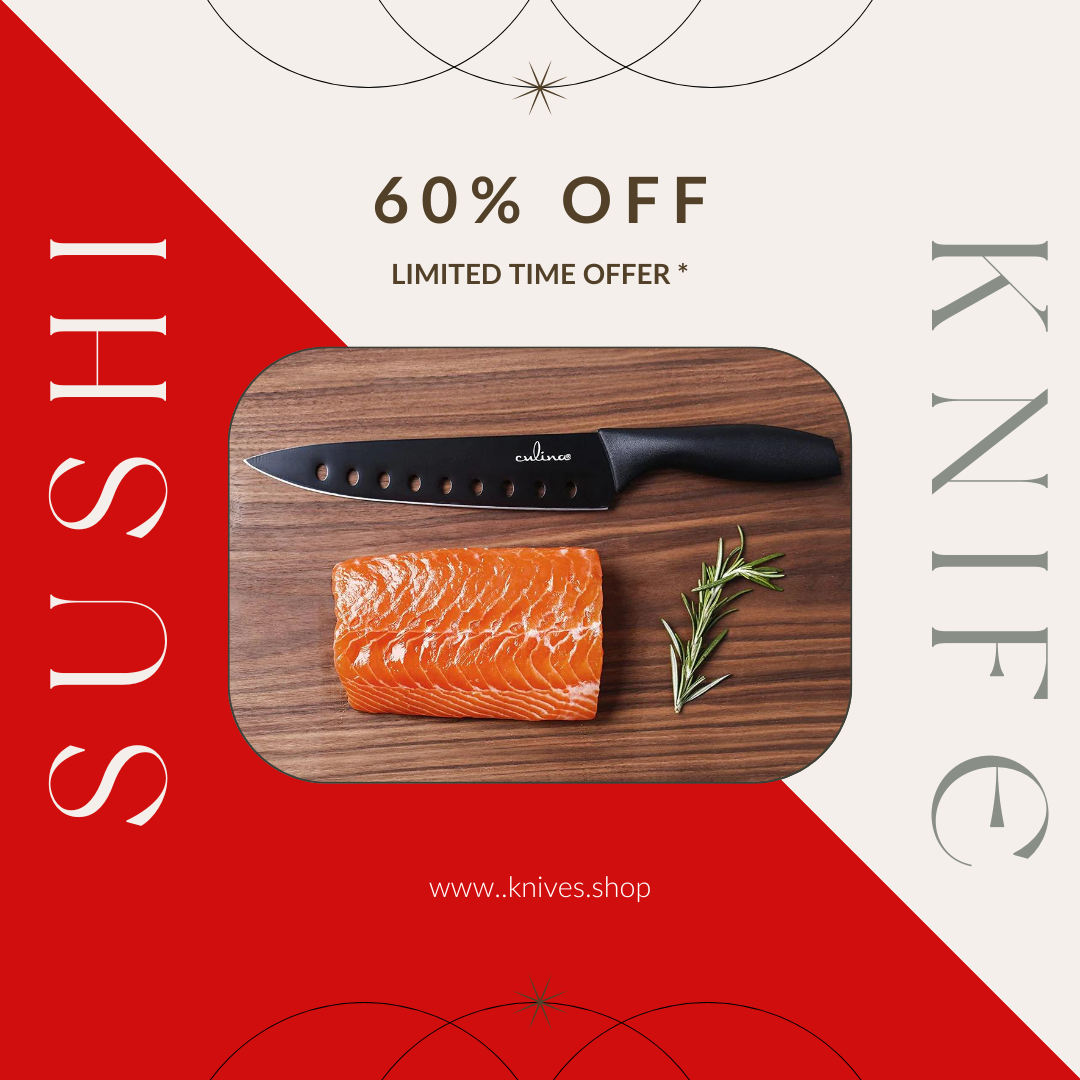For culinary professionals, the quest to discover the best steak knife is not merely a matter of preference but a vital necessity. These tools enhance not only the dining experience but also encapsulate the chef's style and craftsmanship.
Exploring what defines the best steak knife calls for an in-depth examination of the features, materials, and designs that set certain knives apart. Chefs utilize their knives every day, and recognizing the distinctions between a top-tier and an average steak knife can significantly elevate their culinary artistry.
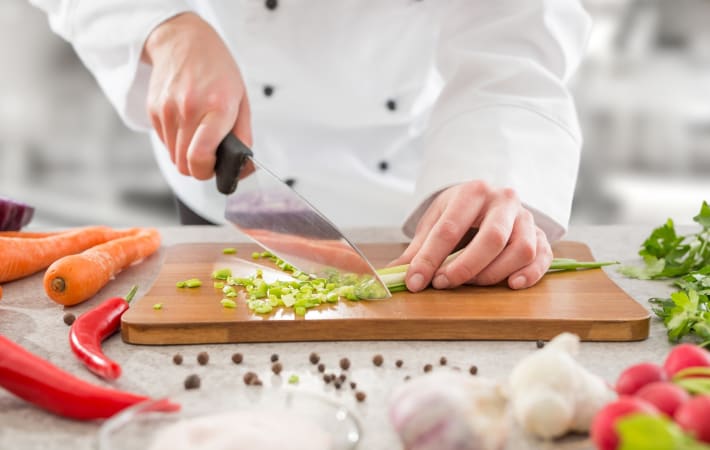
Understanding the Fundamentals of Steak Knives
Steak knives come in various styles, each tailored for particular functions. Grasping these differences is essential to select the finest option. Chefs frequently engage in discussions regarding the benefits of serrated versus straight-edge blades. Each design has its strengths, but one fact remains clear: they need to be sharp and well-balanced.
When selecting the best steak knife, blade material is a critical factor. High-carbon stainless steel remains a top choice for numerous culinary experts due to its durability and rust resistance. This material is renowned for its edge retention, making it a reliable selection for kitchen pros. Comparatively, ceramic blades may offer extraordinary sharpness but often fall short in durability within a fast-paced kitchen setting.
The Significance of Handle Design
A knifes handle design is equally important. A thoughtfully constructed handle ensures comfort and control, which is vital during service or when entertaining guests at dinner. Many professionals lean toward a full tang design where the handle and blade form one continuous piece. This construction boosts stability and balance, making the knife comfortable for extended use.
Moreover, the handle material can greatly influence comfort. Wood, plastic, and composite options are commonly used, each with its distinctive advantages. While wooden handles provide a timeless aesthetic, modern alternatives may offer enhanced grip and increased durability.
Key Features to Consider
In addition to fundamental aspects, certain key features can truly elevate a steak knife's performance. Seek out a knife with a bolstera thicker band between the handle and bladewhich improves balance and protects fingers. Knife flexibility is also worth noting since it affects how effectively the knife maneuvers through various meat textures.
Many chefs stress the importance of regular maintenance for their knives. Taking proper caresuch as regular sharpeningensures that these essential tools remain in optimal shape. [Sharpening advice](https://www.goodhousekeeping.com/uk/house-and-home/household-advice/a679892/how-to-sharpen-a-kitchen-knife/) can provide additional insights to preserve their sharpness over time.
Cleaning and Maintenance of Steak Knives
To prolong the lifespan of your steak knives, proper cleaning and maintenance are critical. Clean them immediately after each use to avoid food particles setting on the blade. When cleaning, consult these [detailed guidelines](https://www.cozymeal.com/magazine/how-to-clean-a-knife) to keep your knives in peak condition and performance.
It's best to avoid dishwashers for steak knives, as the heat and chemicals can wear down both the blade and handle over time. Hand washing with gentle soap and warm water is generally the recommended approach.
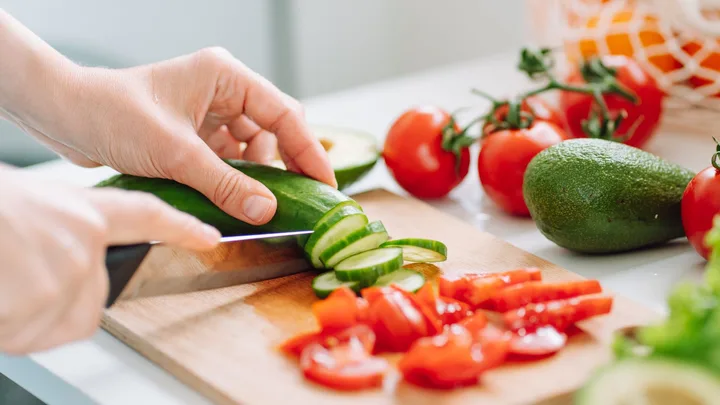
Conclusion
In the demanding culinary landscape, owning a top-quality steak knife is indispensable. The selection process should involve thoughtful consideration of blade material, edge style, and handle comfort. For culinary professionals, these knives are not just utensils; they embody an extension of their skill and artistry.
By grasping what constitutes the best steak knife, chefs can refine their efficiency and enhance the overall dining experience. Consistent upkeep and informed decisions will ensure these vital tools remain ready to tackle the complexities of any dish.
Frequently Asked Questions
What differentiates a serrated steak knife from a straight-edge knife?
Serrated knives excel at cutting crusty or fibrous foods, while straight-edge blades offer clean cuts for softer textures, minimizing tearing in delicate meats.
How should I store my steak knives?
Store your steak knives in a knife block or on a magnetic strip to preserve their sharp edges and prevent accidental cuts. Using drawers is discouraged as they can dull the blades.
Is regular sharpening of steak knives necessary?
Definitely. Maintaining the cutting efficiency of your steak knives requires regular sharpening, ideally every few months, depending on usage. Using honing steel or a sharpening stone is advisable.
For further reading, check out resources on [different kitchen knives](https://www.jbsaeedstudio.com/blogs/home-improvement/different-types-of-kitchen-knives-and-their-uses).
This article contains affiliate links. We may earn a commission at no extra cost to you.
